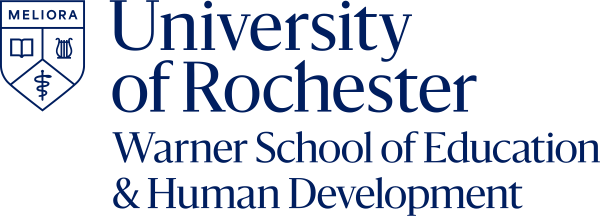High Leverage Teaching Practices for Remote Teaching
Prepared by Raffaella Borasi, Center for Learning in the Digital Age
Effective remote teaching requires K-12 teachers, in addition to curriculum redesign, to master a number of “online teaching practices” that cut across subjects and topics. In this eModule, we have identified a few of these practices that may have the highest impact, and for each highlight key instructional decisions to be make in implementing that practice, identify a few key options worth considering, and discuss advantages and limitations of each of these options. Handouts are also provided for easy reference and to inform reflections on the implementation of each practice.
This eModule aims to support teachers with different backgrounds and interests, allowing for individual choices and different levels of depth.
List and quick links to featured practices
Unit design stage
Task planning stage
Implementation stage
 This material is based upon work supported by the National Science Foundation under Grant #1540712 & #1758243. Any opinions, findings, and conclusions or recommendations expressed in this material are those of the author(s) and do not necessarily reflect the views of the National Science Foundation.
This material is based upon work supported by the National Science Foundation under Grant #1540712 & #1758243. Any opinions, findings, and conclusions or recommendations expressed in this material are those of the author(s) and do not necessarily reflect the views of the National Science Foundation.
How to use this eModule
Watch VIDEO as introduction
Read description of each Featured Practice
*Optional*
Look at illustrations of these Practices in Action
Decide which practice to focus on next (watching the videos may help)
Click on LEARN MORE for the chosen practice
Featured practices in action
Do you want to first get an image of what the featured high-leverage teaching practices may look like?
Here are two illustrations, in different contexts and using different formats, you can choose from:
- PD for K-12 teachers on remote teaching – annotated story
- Digitally-rich K-12 classroom experience – annotated summary for 10-minute Teaching Channel video
Featured Practices
Eliciting Prior Knowledge
Research on how people learn has pointed out the importance of building on students’ prior knowledge – but eliciting that knowledge may be challenging, especially if you are teaching remotely and cannot easily observe students’ reactions or ask impromptu questions. On the other hand, online tools can provide powerful new ways to both elicit and record your students’ prior knowledge, which will be useful regardless of your teaching context.
Synthesizing Learning
Often time students (of all ages!) miss the key point of a learning activity unless offered the opportunity to explicitly reflect on what they have learned and its potential applications. This is what good teachers spontaneously do at the end of face-to-face lessons. Doing this when teaching online may be more challenging, yet also offer new opportunities for students to develop this valuable skill.
Conveying Content Online
You can save precious synchronous class time by having students access most of the course content asynchronously online. This could involve presentations and other materials you created specifically for your students, or “published” multi-media content you selected for them. Each of these options, as well as the specific media you choose, has its own advantages and disadvantages, which you need to consider when making decisions about the online resources you assign to your students.
Sharing Student Work
A key tenet of social constructivist learning theories is that students can learn a lot from each other. This calls for providing students with opportunities to share and discuss their work – which may be even more important when students do not see each other’s in class, as it will help them stay connected with each other and their teacher. Yet, you will need to make some important decisions about how to share your students’ work. These decisions include what kind of student work is most worth sharing, whether or not to make their work public, and what online tools to use for the sharing.
Giving Direction for Independent Work
Students cannot engage effectively in independent work unless they understand what they are expected to do and why. While this is true in face-to-face classes as well, giving directions for remote independent work is even more critical and can present additional challenges – as, for one, students will not be able to immediately ask clarifying questions. Therefore, special care has to be given to crafting and communicating directions in ways that are clear and accessible for all students.
Giving Feedback
Research on assessment suggests that learning is greatly enhanced when students receive timely and informative feedback on their work. Providing quality constructive feedback on student work is even more important when teaching remotely, as in this context it provides a unique opportunity for communication and connection between teacher and student. Deciding when, how – and even who – should provide feedback will be critical.
